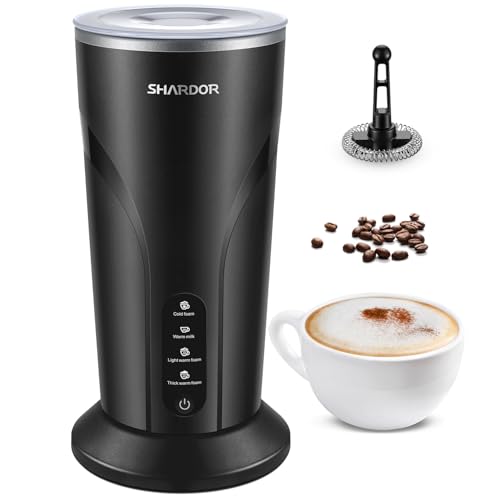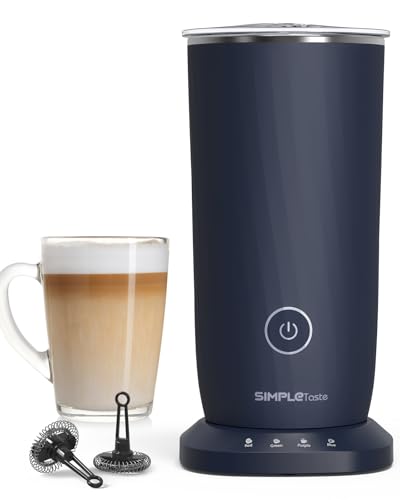Understanding the importance of cleaning your milk frother
A milk frother is an essential tool for coffee enthusiasts. It helps create a creamy and frothy layer for your favorite drinks like cappuccinos and lattes. However, with repeated use, milk residues can accumulate inside the frother, which leads to bacteria growth, unpleasant odors, and affects the taste of your drinks. Therefore, it is crucial to clean your milk frother regularly to maintain its performance and ensure your health and safety.
Factors that influence the frequency of milk frother cleaning
How often should you clean your milk frother? The answer depends on several factors, such as the type of frother, the frequency of use, the milk type, and the quality of water. For example, manual frothers may require more frequent cleaning than electric ones, as they have more parts that come into contact with milk. Similarly, if you use your frother daily or several times a day, you would need to clean it more often than if you only use it occasionally. Moreover, the type of milk you use (whole milk, skimmed milk, almond milk, soy milk, etc.) can also affect the cleaning frequency, as some types may leave more residues than others. Finally, the water hardness in your area can also contribute to the buildup of limescale, which affects the frother’s performance and durability.
General guidelines for cleaning your milk frother
Based on the above factors, there are some general guidelines that you can follow to determine the cleaning frequency of your milk frother. According to Delonghi, a maker of coffee machines and accessories, you should clean your milk frother:
- After each use: rinse it with hot water and wipe it with a clean cloth.
- Once a week: disassemble the frother and wash the parts in warm water with dishwashing detergent. Rinse and dry thoroughly before reassembling.
- Once a month: descale the frother with a mixture of equal parts of water and vinegar or a descaling solution. Follow the manufacturer’s instructions for descaling, and make sure to rinse and dry the frother thoroughly before using it again.
Signs that indicate your milk frother needs cleaning
Even if you follow the above guidelines, you may still wonder if your milk frother needs cleaning or not. Some signs that indicate it’s time to clean your milk frother are:
- Unpleasant odors: if you smell a sour or rancid odor from the frother, it’s a sign that bacteria have grown inside it.
- Inconsistent frothing: if you notice that the frother produces less foam or fails to froth the milk evenly, it may be due to clogs or residues inside the frother.
- Discolored parts: if you see brown or white spots on the frother’s interior or exterior parts, it’s a sign of limescale or milk residues.
Tips for maintaining your milk frother
Aside from cleaning your milk frother, there are some tips you can follow to prolong its lifespan and performance:
- Use high-quality milk: choose fresh and cold milk with a high fat content (3% or more) as it produces better foam and less residue than low-fat milk.
- Avoid overheating the milk: don’t let the milk boil or scorch, as it can damage the frother’s mechanism and leave burnt residues.
- Store the frother properly: keep the frother in a dry and cool place, away from direct sunlight and heat sources.






